MSRP (*Base Edition)
Hybrid REEV | SUV | 251KM

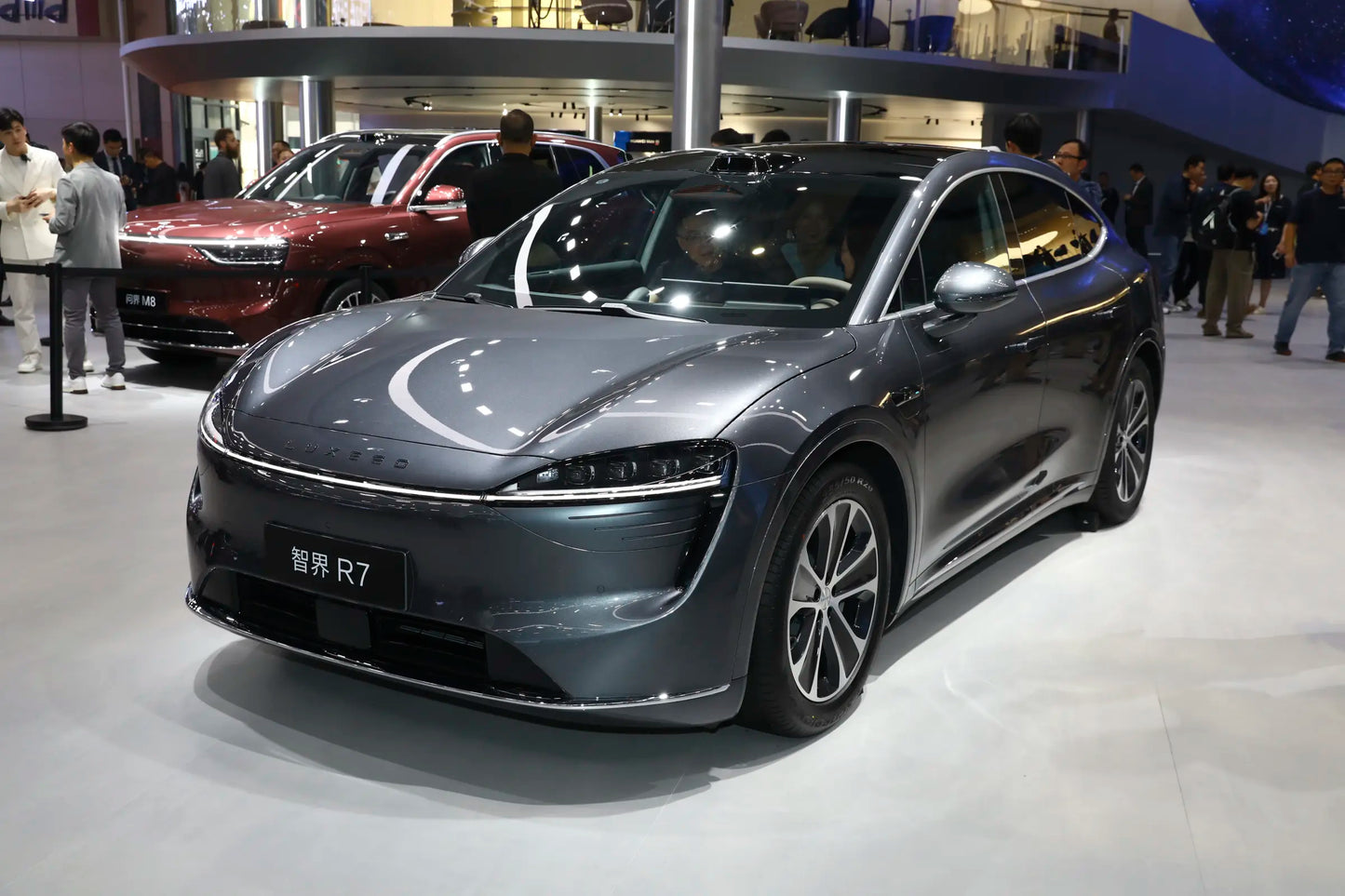
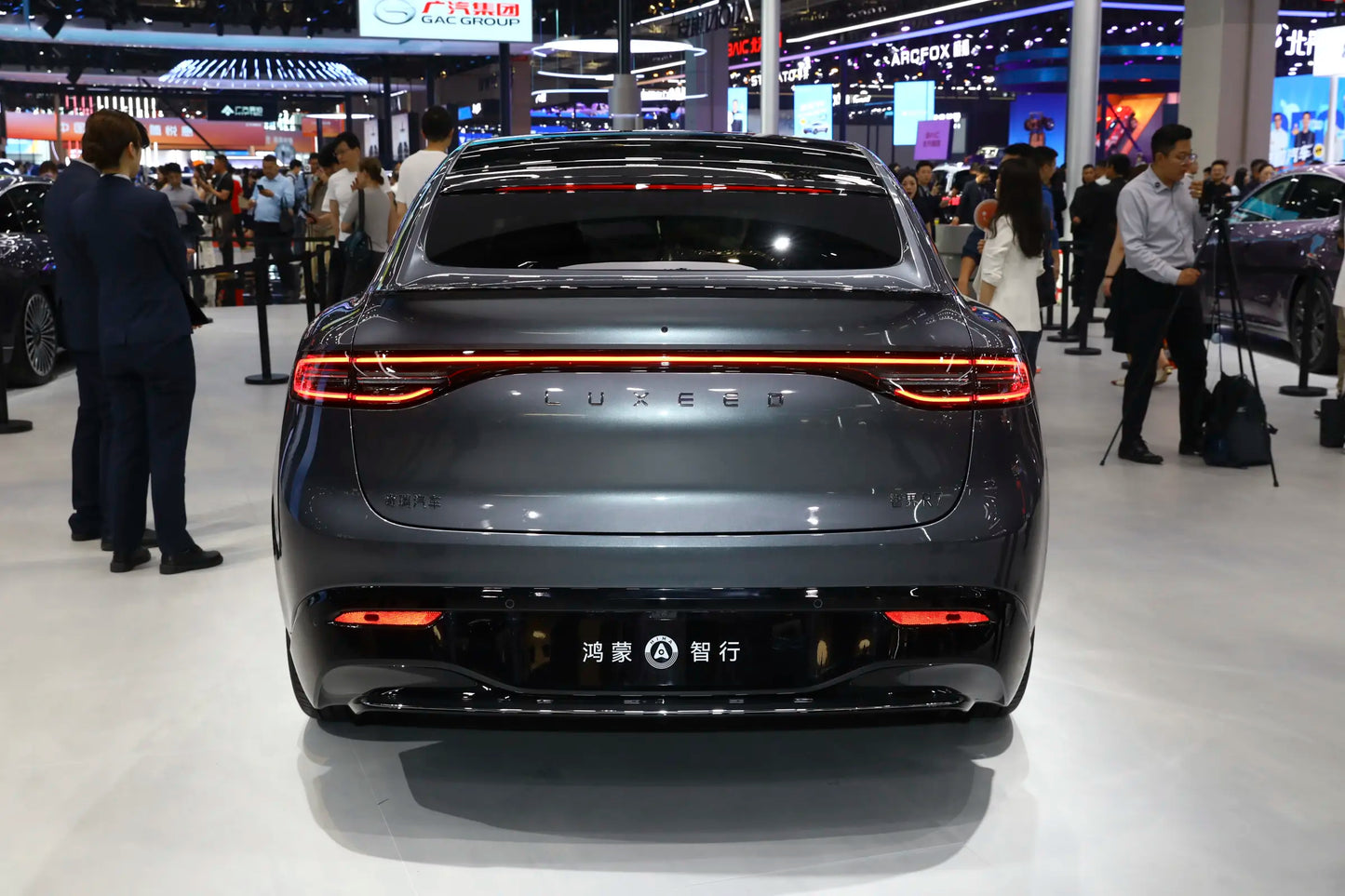
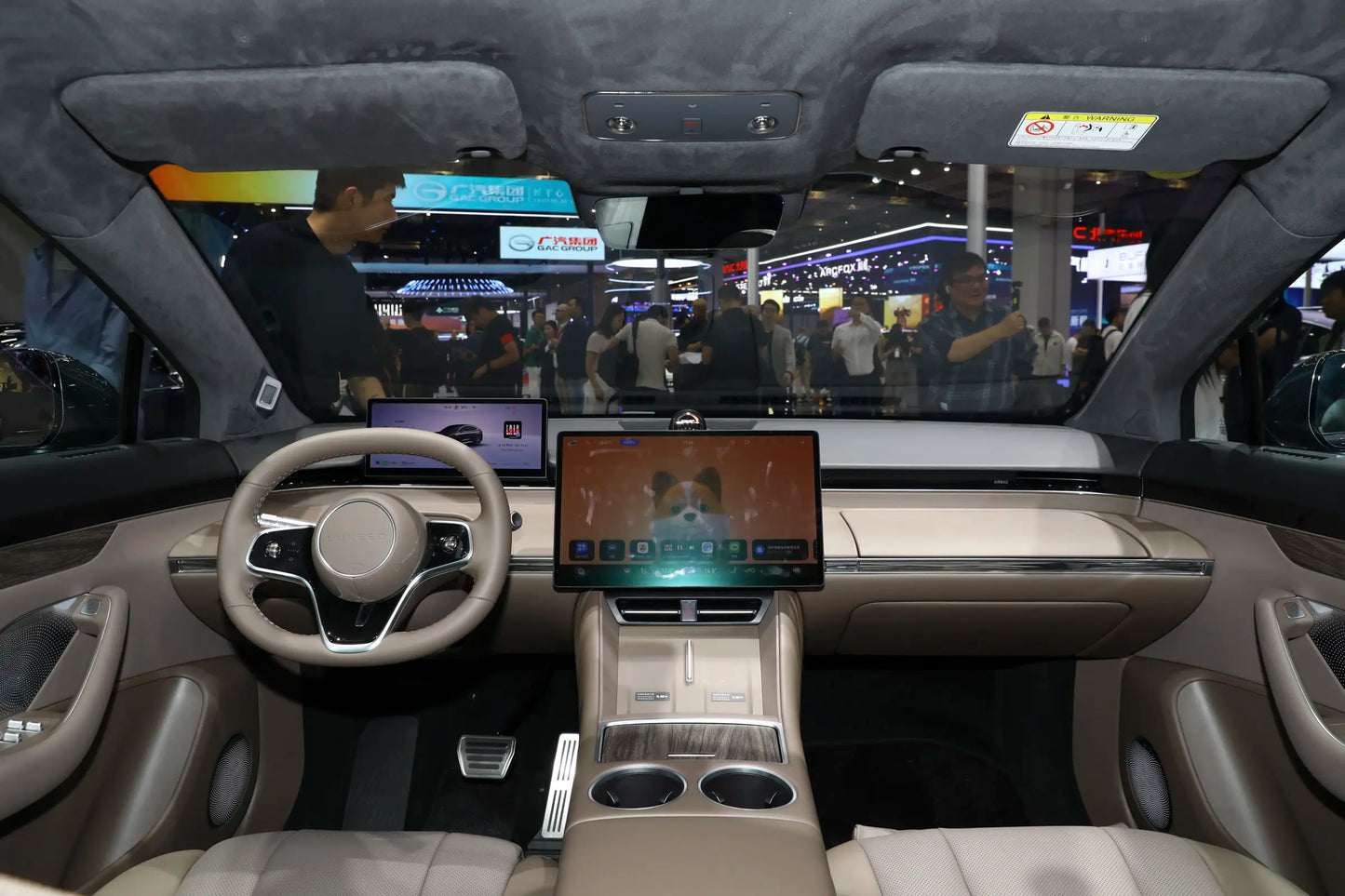
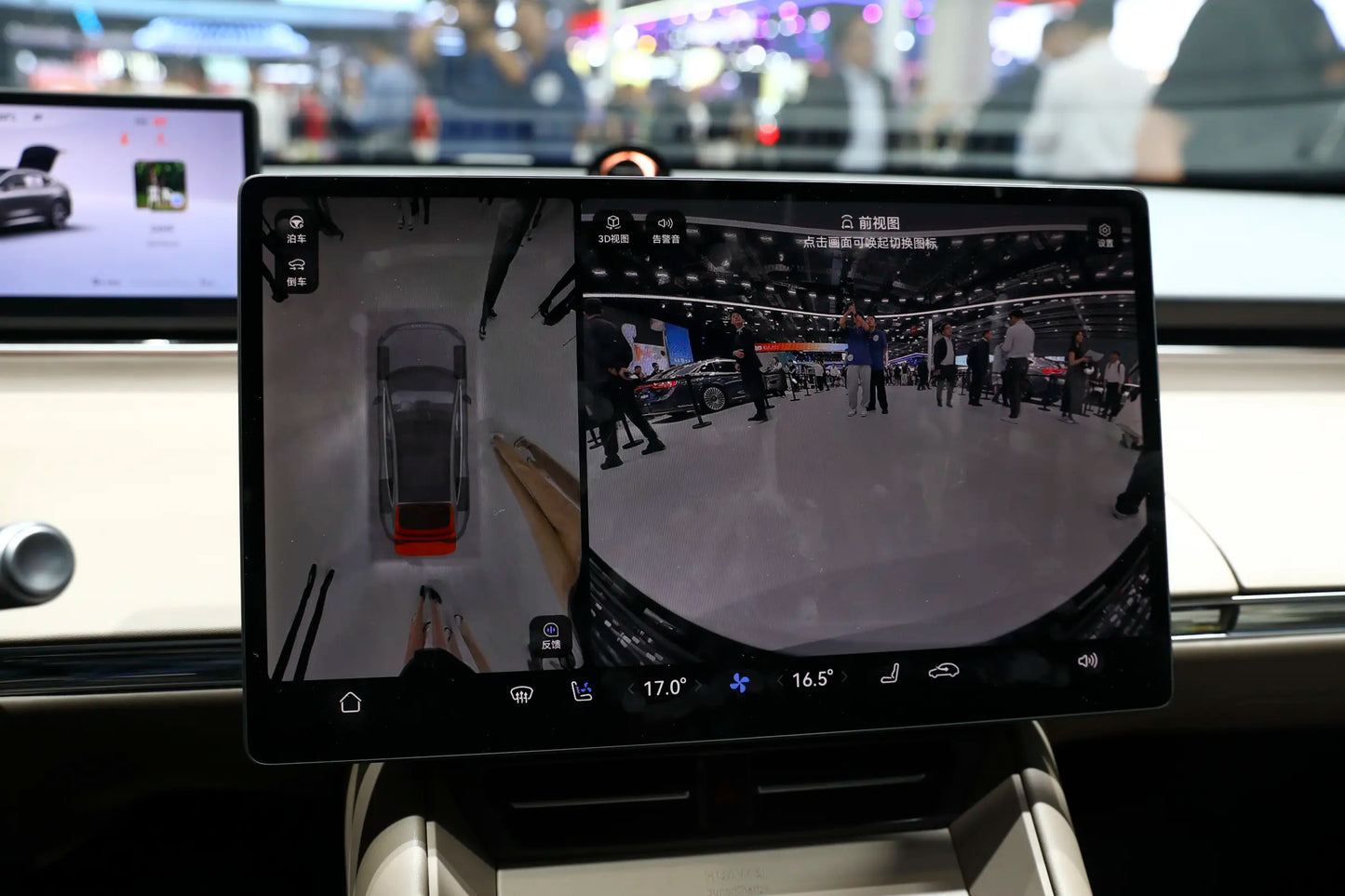
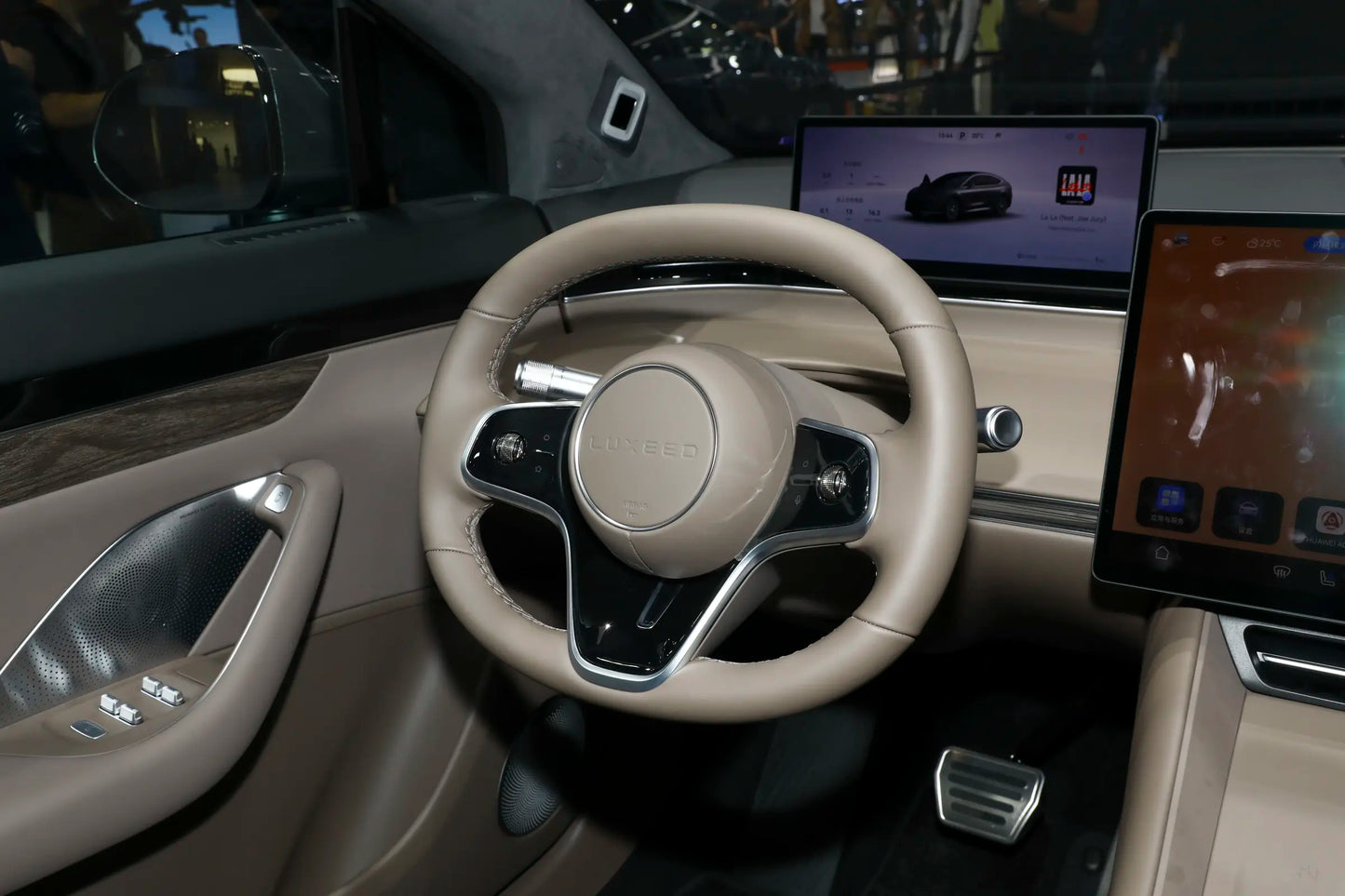
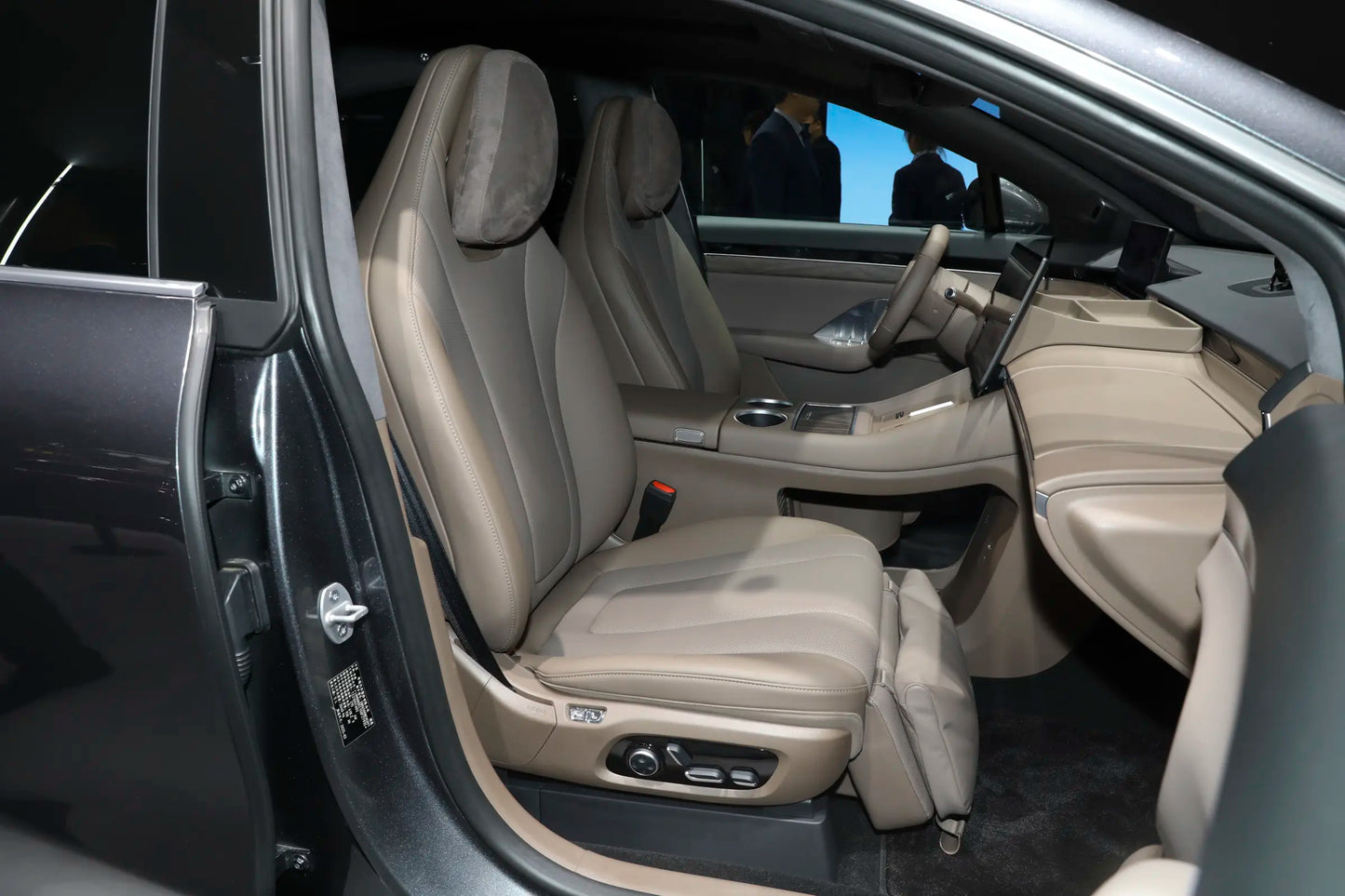
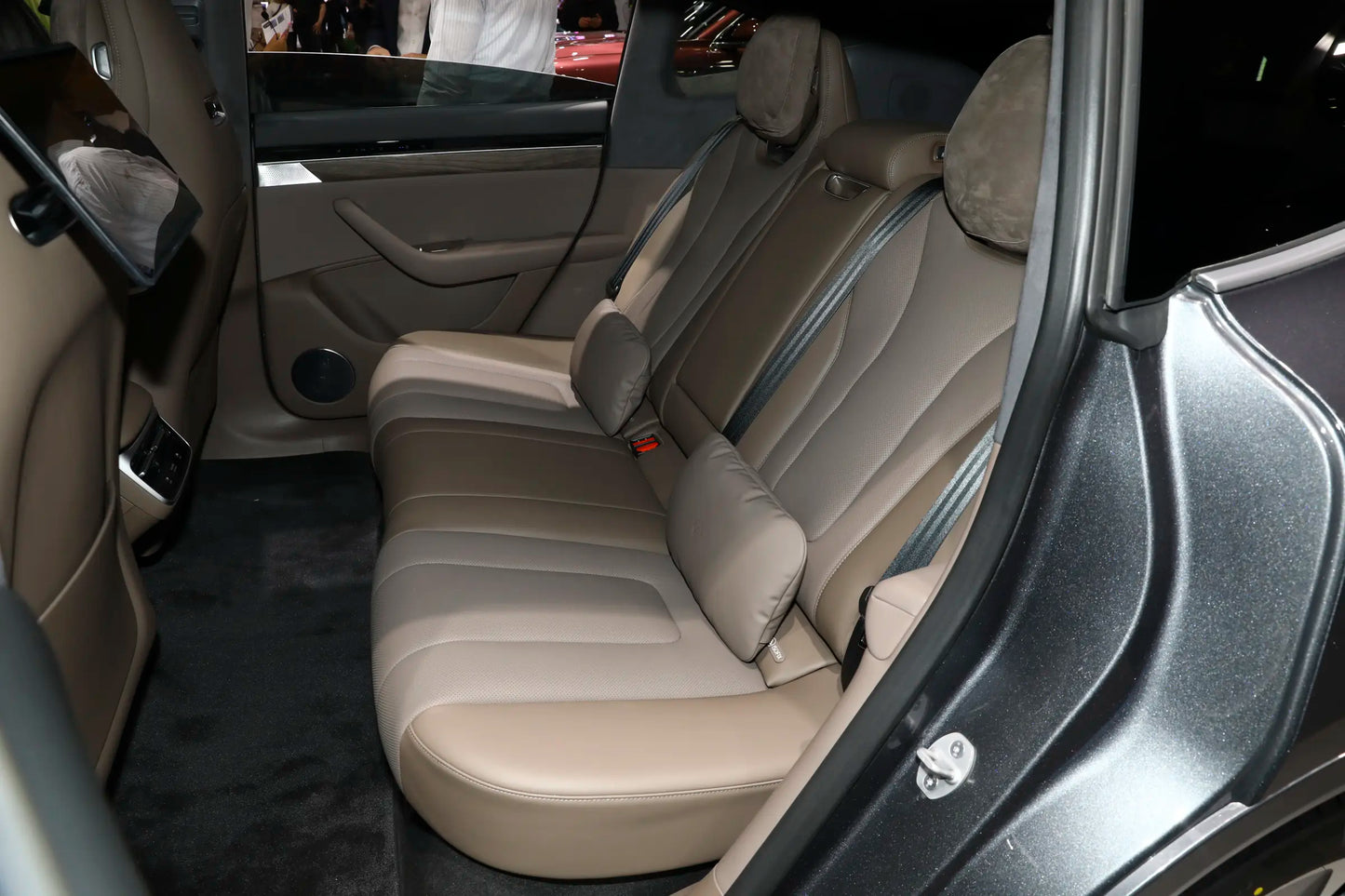
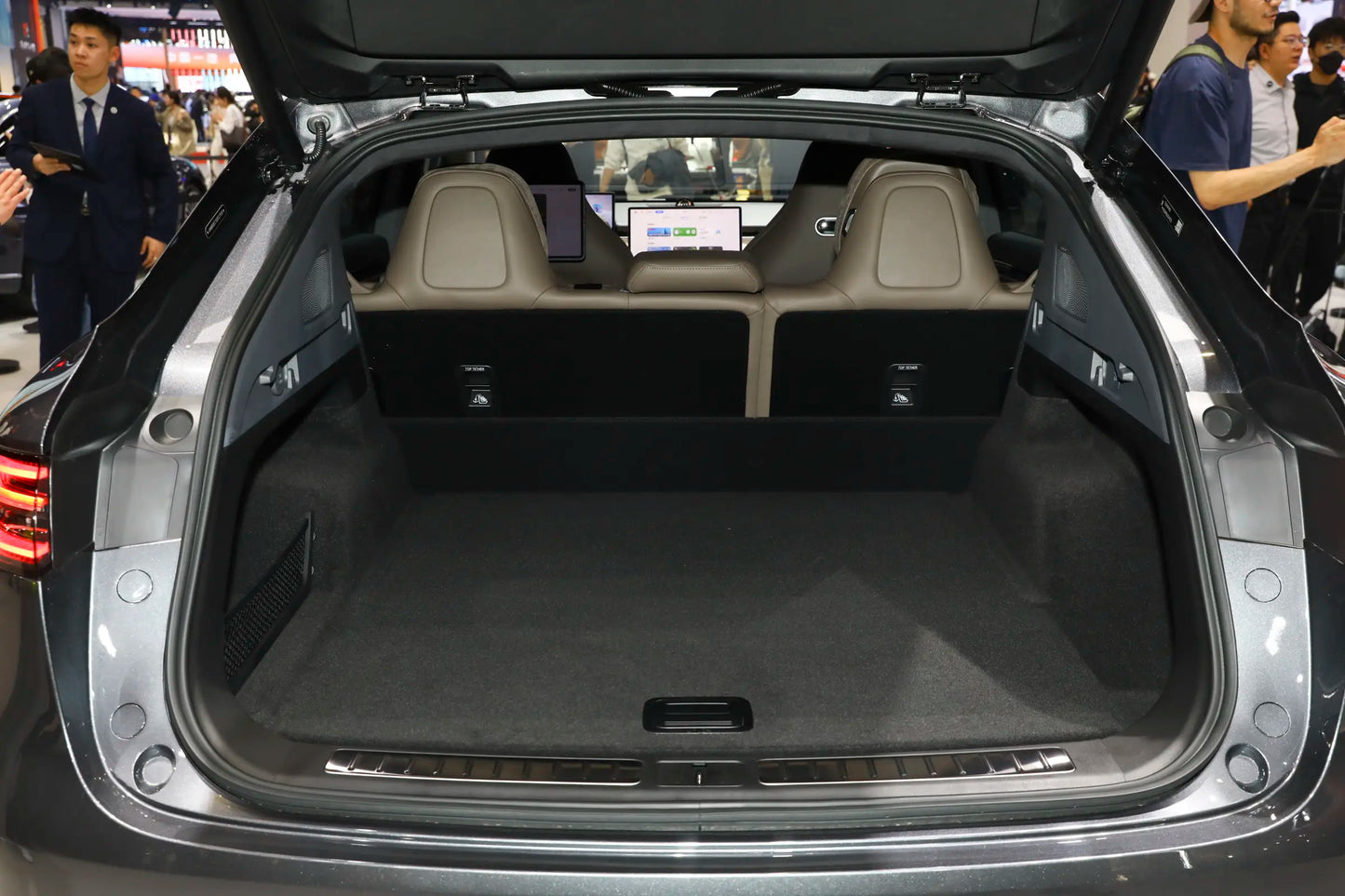
$37,470.00 USD
-
BrandChery
-
Vechile ClassSUV
-
Energy TypeHybrid REEV
-
Pure Electric Range(KM)251
-
Curb Weight (kg)2298
-
Battery Typelithium iron phosphate battery
-
Total Power of Motor (KW)227
-
Maximum Power(KW)115
-
Total Torque of Motor(N・m)320
-
Maximum Torque(N・m)220
-
Length x Width x Height(mm)4956x1981x1634
-
Official 0-100km/h Acceleration Time(s)7.4
-
Power Consumption(kWh/100km)18.9
-
Equivalent Fuel Consumption (Electricity)(L/100km)2.68
-
Battery Capacity(kWh)37
-
MaximumSpeed(km/h)200
-
Motor Layoutrear-mounted
-
Transmissionsingle-speed transmission
-
Displacement(L)1.5
-
Intake Typeturbocharging
-
IDre09015
Panoramic Interiors
Video Manual
Authentic on-site shots for an immersive vehicle detail experience
Real Customer Reviews
Source: DCAR
Review A
After comparing the Tesla Model Y and Zeekr 7X, I finally chose the AITO R7 and picked it up the day before the Dragon Boat Festival holiday. Mainly because the space is large enough, the rear seat is comfortable for the family with a baby, and the configuration is comprehensive. There's a hot and cold refrigerator for feeding the baby in the car, and the air suspension has a good filtering effect, so I can't feel ordinary bumps. I heard that air suspension is a wearing part, so I bought an extended warranty package and plan to drive it for a long time without changing cars anytime soon. If there's a problem, I can go directly to HarmonyOS after-sales for repairs. Finally, the driving feel is quite smooth; the accelerator responds instantly, the brakes are linear, and I often find myself speeding without noticing. I haven't encountered some of the issues mentioned in the³µÓÑ circle, such as the trunk not closing, poor air conditioning, seat ventilation, or infotainment system crashes. The details feel good, and Chery's quality control seems decent. The interior details are quite standard, with nothing that feels awkward. I don't know why many people in the³µÓÑ circle complain about Chery's quality control. The Huawei infotainment system has been smooth so far, with no issues. It just feels a bit more complicated to operate than Tesla's, but fortunately, most functions can be controlled by voice, saving me from fumbling around. Compared to my previous Lavida, the AITO R7 is already very good. It's quiet and comfortable to drive, the materials are solid, and the doors feel heavy¡ªwhat more could I ask for? I didn't choose the Tesla Model Y because the rear seat comfort is a bit lacking; sitting in the back feels like sitting on a small bench. But Tesla has its advantages, like the battery, handling, and safety. I didn't pick the Zeekr 7X because it actually has single-layer thickened glass, and during the test drive, I felt the noise was a bit loud, but the Zeekr 7X's appearance is reallyÄͿ´. In comparison, as a family car, I finally leaned towards AITO, which isn't to say the Model Y and Zeekr are bad. The AITO has a smaller turning radius than the Tesla. Except for the large body which makes it look chubby overall, I'm still getting used to it. No wonder owners call it the "Fat 7".
Review B
Exterior: Overall, it looks quite eye-catching. The body curves are generally well-designed and stylish. The rear end is full and the taillights are nicely designed. It can attract a lot of attention when driving out. Interior: The design is very aesthetically pleasing and full of a sense of technology, with many humanized design elements. Configuration: The configuration is rich, with everything you need. The cooling and heating box is very useful in summer. Also, all seats have massage and ventilation functions, and the adjustment of the front passenger seat is very convenient. The electric sunshade is quite practical. Driving experience: Overall, it's pretty good. When driving on the highway with air suspension, you can obviously feel the air suspension working when the road is not very smooth, and there won't be too muchµßô¤ (dµßô¤i¨¡nb¨¯). The overall chassis tuning is still very comfortable. Even when the car is traveling at around 120-130 km/h, the stability is still very good. Range and energy consumption: In pure electric mode, the urban range is basically consistent with the official WLTC, around 200 km. At a highway speed of around 100 km/h, the energy consumption is around 15 kWh/100km or even lower. When the speed reaches 120 km/h, the energy consumption rises sharply. In fuel mode priority, it can achieve around 5.6L per 100 km at around 100 km/h. The comprehensive range with a full tank of fuel and full charge is approximately 1000-1300 km. Assisted driving: The highway NCA is generally satisfactory. Lane changes are relatively conservative and require a large distance from the vehicles in front and behind before changing lanes. Most of the time, you have to change lanes manually first before it will do so. So far, I have driven over 600 kilometers using the highway intelligent driving. I mainly use it when there are few cars on the road. It's easy to be cut off when there's traffic, so I basically drive manually in traffic jams. Intelligent cabin: The HarmonyOS cabin is still very good; this deserves a thumbs up. The intelligent voice is perfect and responds quickly. I especially like the headrest speakers, which are very useful when navigating. Also, it can recognize the position of the voice, which is also very practical. Basically, all functions can be controlled by voice. The HarmonyOS cabin is quite powerful.
Review C
As Huawei's flagship feature, there's no doubt that the most satisfying aspect is the high-speed intelligent driving. Driving 1700 kilometers back from Sanya to Chongqing, I relied on intelligent driving for almost the entire journey except for occasional off-highway sections. Along the way, I rested and charged approximately every 4 hours, and I could do anything except sleep, allowing myself to rest well. There was absolutely none of the fatigue I used to feel after driving a gasoline car for a long time!
In terms of hardware, the addition of air suspension with CDC allows adjustable suspension height to adapt to various road conditions (except off-road), which is incomparable to other ordinary suspensions.
In terms of software, high-speed performance is very smooth, while urban driving still needs further optimization. Here are some suggestions:
Suggestions for using high-speed intelligent driving:
1. Turn off automatic lane changing, keep the following distance at level 3, and maintain adaptive cruise control for better safety;
2. Keeping the speed between 100-115km is relatively energy-efficient;
3. Set the target speed offset to +9%, so that you won't drive too slowly in 80km/h speed-limited areas like tunnels, nor get caught speeding when you want to drive faster;
4. Set lane change preference to "Standard Mode" with safety as the priority;
5. Enable adaptive cruise control (ACC) for seamless switching between vehicle and human driving, which is more conducive to the unity of vehicle and driver;
6. Turn off the fatigue driving reminder, otherwise it beeps when you turn your head, beeps when you close your eyes, and beeps when you don't touch the steering wheel... It purely affects the mood.
Suggestions for using urban intelligent driving: First, urban intelligent driving is completely usable, but the following points need attention:
1. Turn off commute priority to reduce many unreasonable lane changes that may lead to missing intersections;
2. Always pay attention to driving conditions at complex road sections such as intersections and ramps;
3. When encountering problems, press and hold the right roller to feedback in time to help the manufacturer update and optimize faster, thereby improving our driving experience as car owners more quickly;
4. The remaining settings are the same as those for high-speed driving.
Attached is my favorite mode: Comfort + Elevated Height + Slow Deceleration = Unity of Vehicle and Driver











